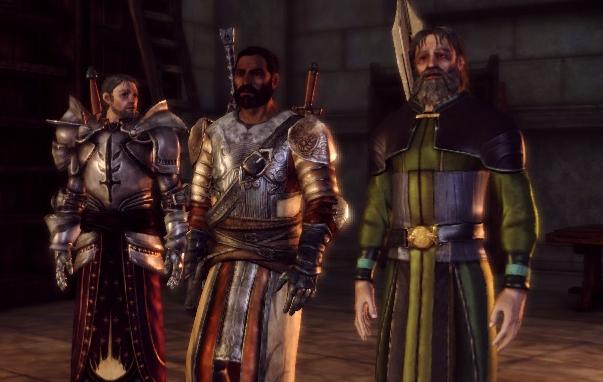


The sheer horror mages like Anders and Jowan display for Tranquility go a long way to explaining the violent insurrections which take place across the Circles in the Dragon Age games. Much as lobotomies were considered to be a corrective surgery for certain mental illnesses, the serious side effects of the procedure call into question how anyone could believe this to be humane (or even a lesser evil). Without emotion, without feeling, without love, without hate, breath is just a clock. Knight Captain Cullen, a figure presented as more-or-less reasonable example of the Templars, has the idea that Tranquility is a moral alternative to executing every mage who proves incapable of resisting demonic temptation. Mage player-characters can insult or abuse this figure, calling him an automaton, but this is a poor response given he has already suffered a grievous violation (whether willingly or not). He can be neither happy nor sad, though he expresses some vague displeasure at the horrific destruction wrecked by demons during the "Broken Circle" questline in Origins.

The Tranquil we meet, Owain, says that he is content with his life but feels no emotions. The first encounter with a Tranquil mage in the Mage Origin is one of horror and curiosity as we find someone who was once feeling but has since become otherwise. A Tranquil is less appealing to a demon than a non-magic-using human and thus not likely to endanger other beings by his mere existence. They are (apparently) immune to possession and no threat to their fellow beings.ĭragon Age: Asunder shows that, instead of being immune, they are simply undesirable as hosts to demons but this is functionally the same as immunity. The resulting figures, called Tranquil, are supernaturally calm and reserved.

As mentioned before, this is a procedure which removes the ability of mages to feel emotions. Perhaps even more controversial than the Rite of Annulment amongst mages is the Rite of Tranquility.


 0 kommentar(er)
0 kommentar(er)
